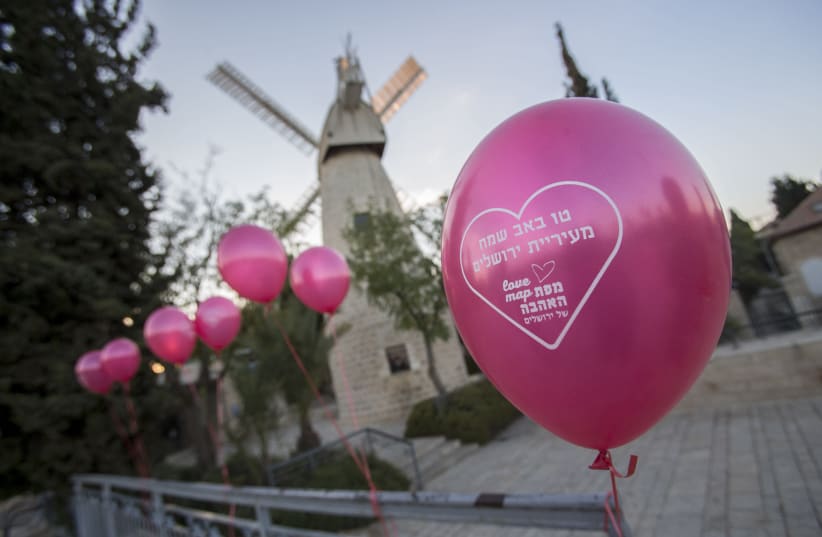Rabbi Shimon ben Gamliel (president of the Sanhedrin during the Second Temple period) noted that these two holidays both have a central ceremony in which the daughters of Jerusalem go out to dance in the vineyards in borrowed white clothes. On Tu Be’av the goal was to find themselves a man, on Yom Kippur, to atone and start anew. Various commentators point to a list of events on which the Sages base the connection between Tu Be’av and Yom Kippur. What the events all share is a spirit of unity and reconciliation.
Tu Be’av comes exactly six days after Tisha Be’av, when we mourn the destruction of the first and second temples in Jerusalem and the resulting pain and suffering that the Jewish people experienced for generations. The temples were destroyed because of baseless hatred caused by deep disagreements in society ־ a crisis that led to national tragedy. After a six-day transition period (similar to the six days of creation), we mark Tu Be’av. There is something symbolic in the fact that a kind of rebirth is required to separate between feelings of mourning and destruction and the Jewish holiday of love and romance.
The Mishna describes the girls going out to the vineyards to dance wearing identical borrowed clothes, blurring social gaps, and allowing equal entry into the ceremony. Everyone deserves to find love, regardless of religion, race or gender. The communal Tu Be’av ritual crosses boundaries of individual and collective experiences; it takes place in a public space that leads to the most private encounter between individuals – falling in love.
Yom Kippur is the peak of the Jewish calendar. We gather for a ceremony that deals with the particularity of our most personal relationships; between “man and his friend” and “man and God,” while also universally contemplating everything that happens between “this Yom Kippur and next” and obliges us to abide both by “the opinion of God and public opinion.”
If love is the core of Tu Be’av, the core of Yom Kippur is forgiveness. At the root of these two festivals is a drama of personal exposure, which brings about change, purification and growth.
This Tu Be’av, in a time of masks and social distancing, we need to find a way to reboot, to reexamine ourselves and society. We have a social responsibility to reconnect with our elderly neighbors, to support small local businesses, to continue to fight for the right of couples to marry, families to have children, and to find ways to prevent domestic violence. On Tu Be’av, we tend to focus on the festivity and the ceremony, but we must also remember that they are only part of a bigger picture. True love is messy – it’s difficult and complicated, but it also provides opportunities for improvement and forgiveness. True love is a dance, it’s dynamic, it forces you to look inside and outside yourself, to broaden your horizons and to connect with the wider contexts of life.
At BINA, our activities invite young adults to go out and meet the society in which they live, to engage with us in the dance of study and action, to experience a fascinating group process of introspection coupled with looking outward to meet new people and experience the complexity of society as a whole. These activities range from shared study of Talmudic issues that remain relevant today to standing together at protests and rallies, while, above all, learning that together, with love, we can continue to bring about change.
The writer is the director of human resources at BINA: The Jewish Movement for Social Change. BINA aims to advance democracy, Jewish pluralism and justice in Israel and the Jewish world through Jewish study, social action and community-building.
